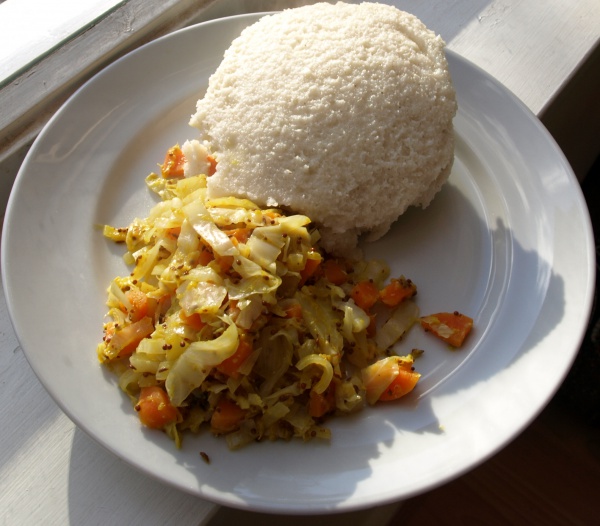Facts About Ugandan cuisine
Ugandan cuisine is a delightful blend of traditional and contemporary cooking styles, enriched by influences from English, Arab, and Asian cultures. This vibrant culinary scene features a wide array of dishes incorporating vegetables, potatoes, yams, bananas, and tropical fruits. When it comes to proteins, Ugandans enjoy chicken, pork, fish, beef, goat, and mutton. Staples such as posho (a type of maize porridge), matooke (steamed green bananas), millet dishes, cassava, yam, and sweet potatoes are also essential components of their diet, often complemented by soybeans and chapati (a type of flatbread).
Fruits and vegetables are cornerstones of Ugandan cuisine, with leafy greens like amaranth and fruits such as bananas and pineapples being especially popular. Some traditional Ugandan dishes you might encounter include posho, groundnuts (peanuts), sim-sim (sesame seeds), matooke, luwombo (a stew cooked in banana leaves), malewa (smoked bamboo shoots), and kikomando (chapati and beans).
For snacks, Ugandans enjoy a variety of tasty treats like roasted groundnuts, samosas, bread and eggs, nsenene (grasshoppers), nswaa (white ants), and rolex (a rolled chapati with eggs and vegetables).
When it comes to desserts, fresh fruits are a common choice, but you might also find sim-sim (sesame seed candy), mandazi (a type of fried dough), and kabalagala (banana pancakes).
To quench your thirst, Ugandan beverages range from tea and coffee to popular soft drinks like Coca-Cola and Fanta. Both traditional and Western beers are widely enjoyed, along with locally made fermented beers such as pombe and lubisi. You might also encounter banana wine and distilled spirits like Waragi.

 Kenya
Kenya